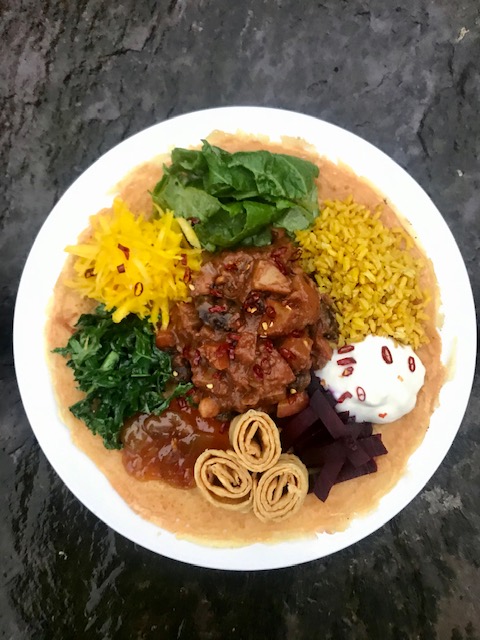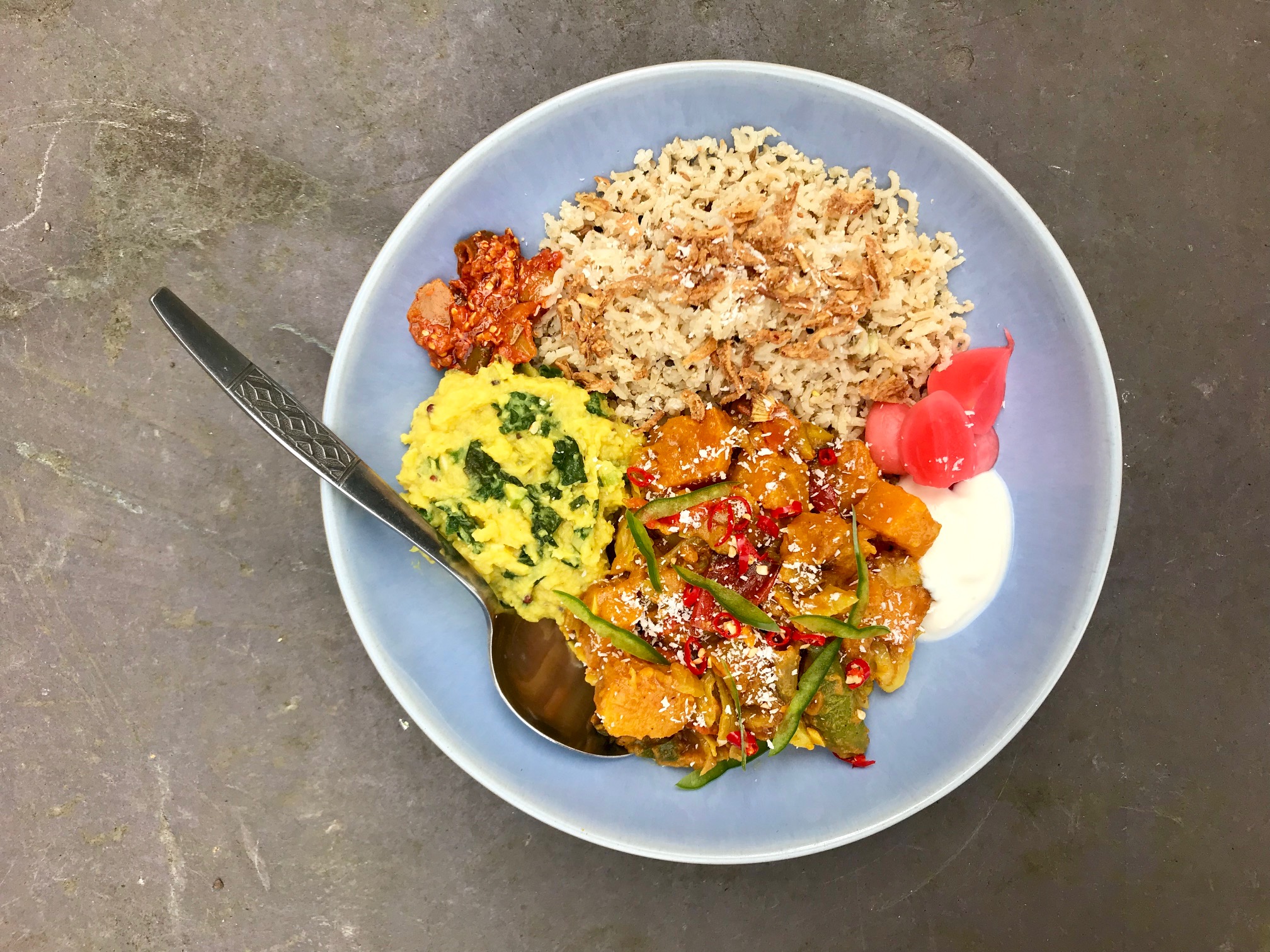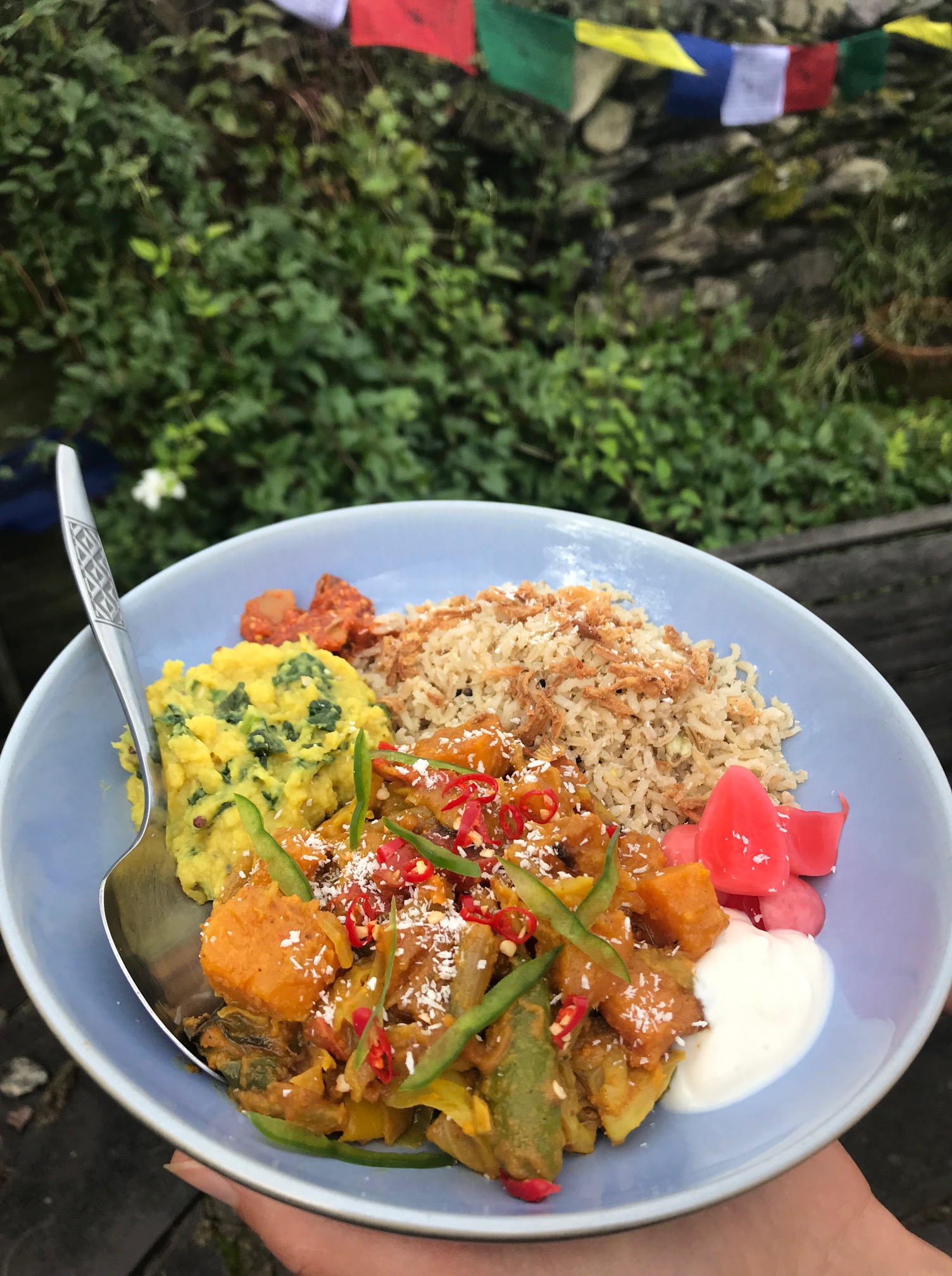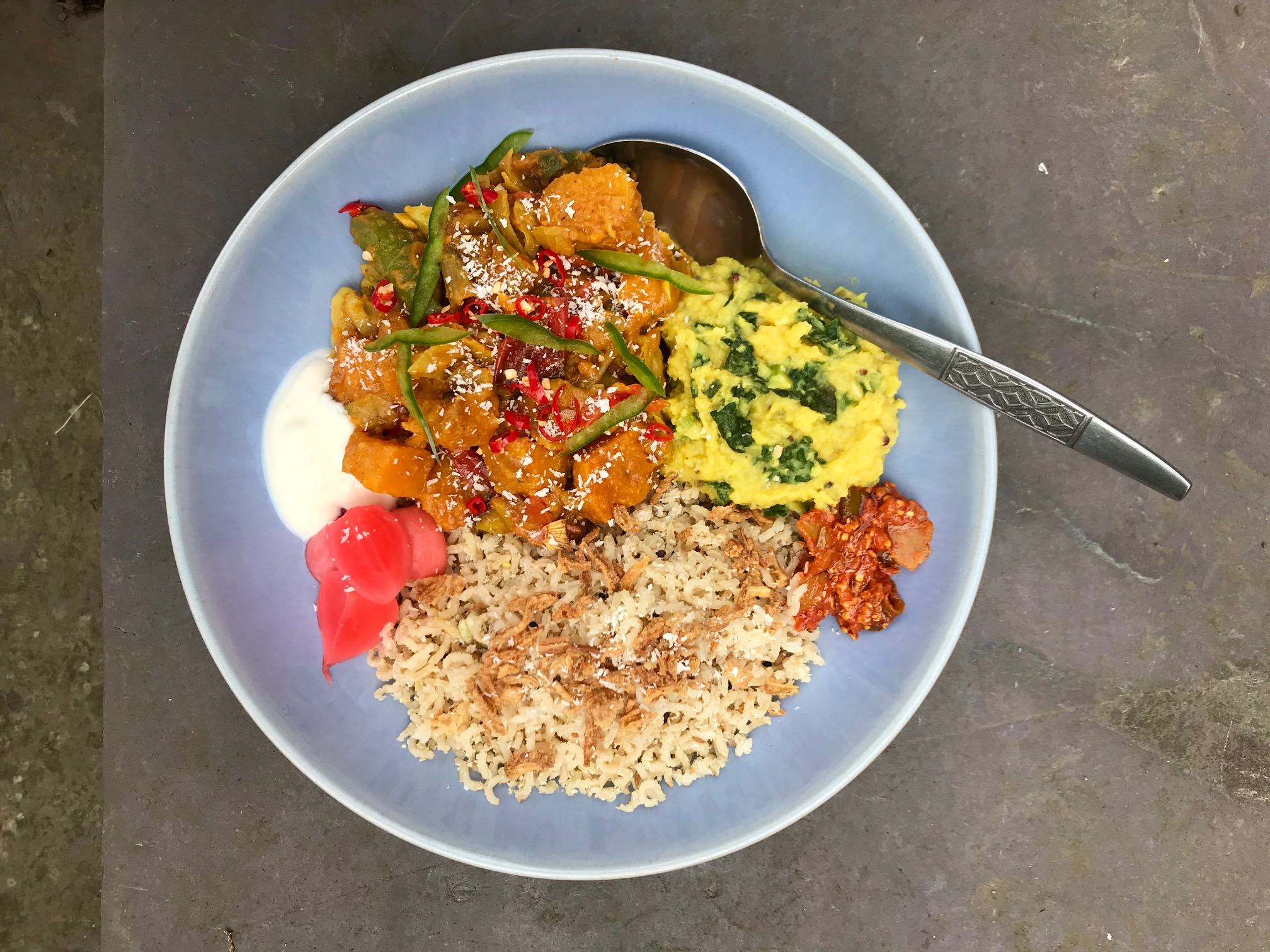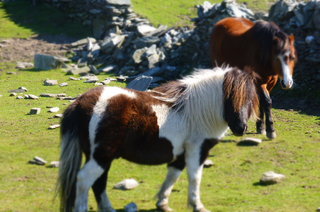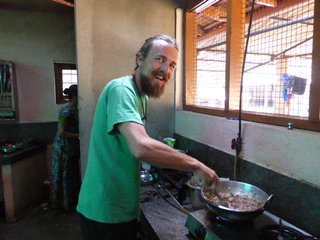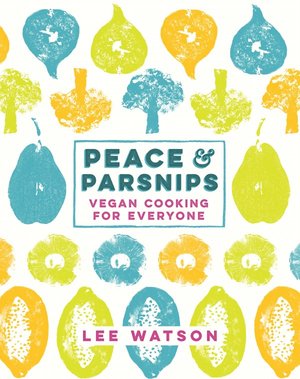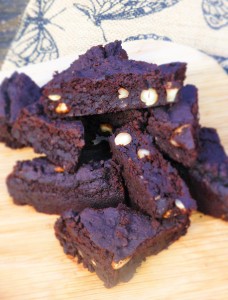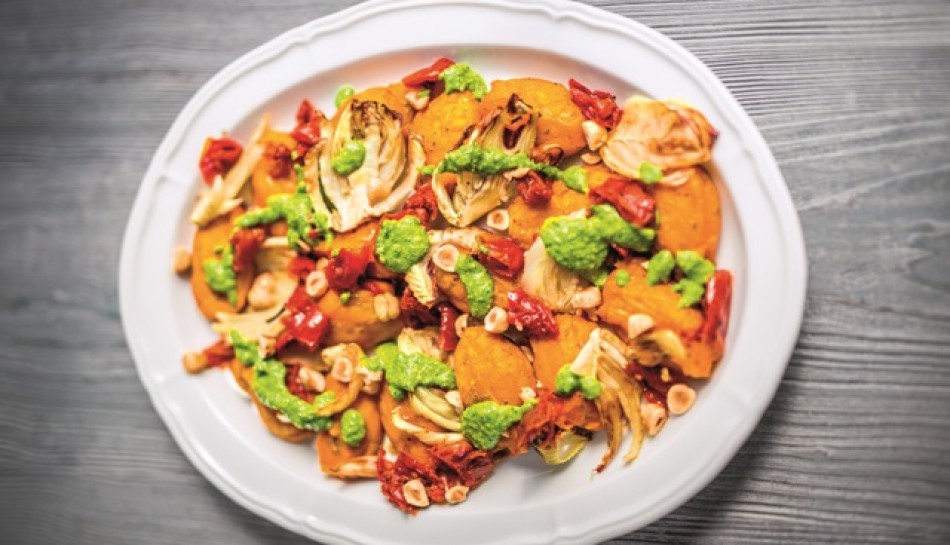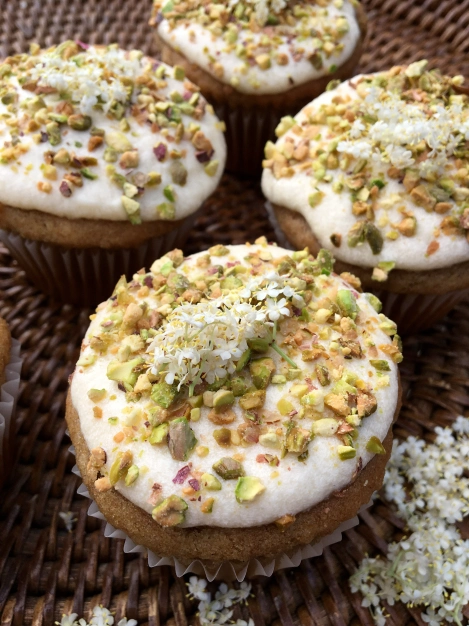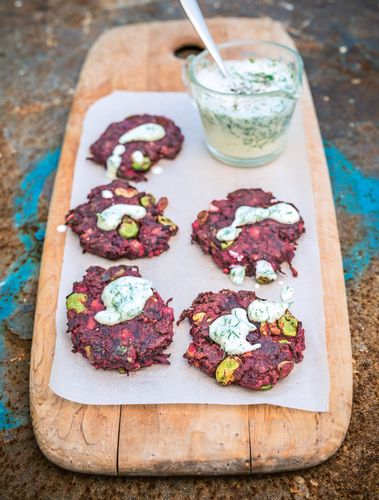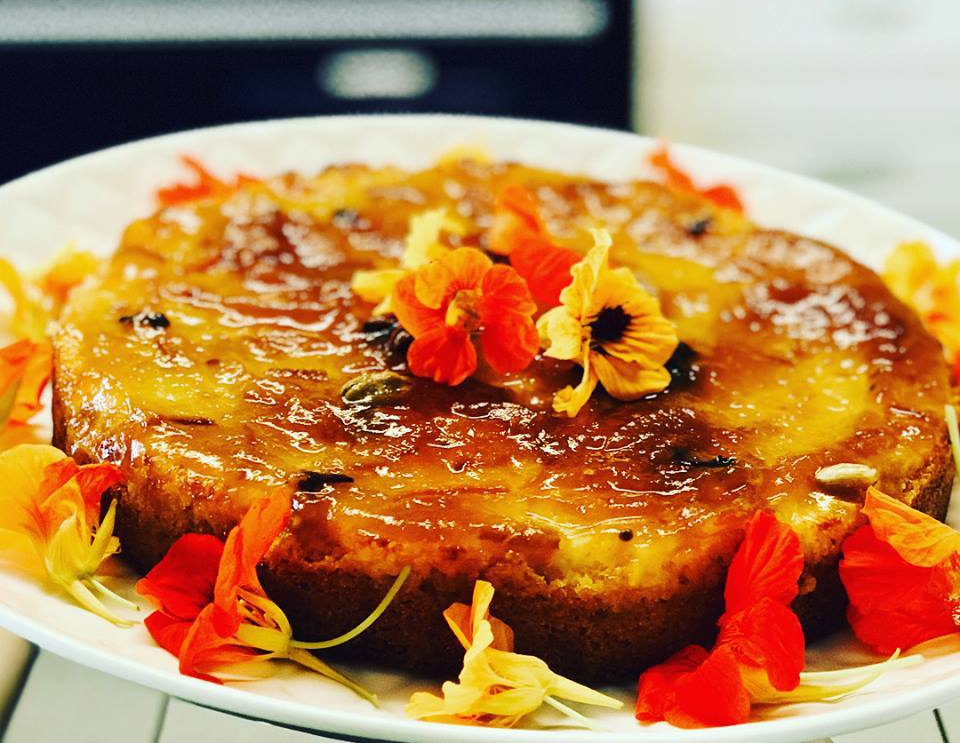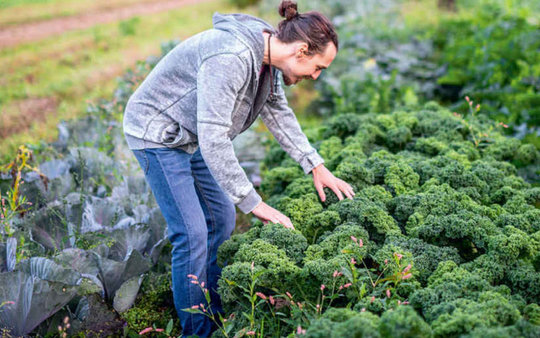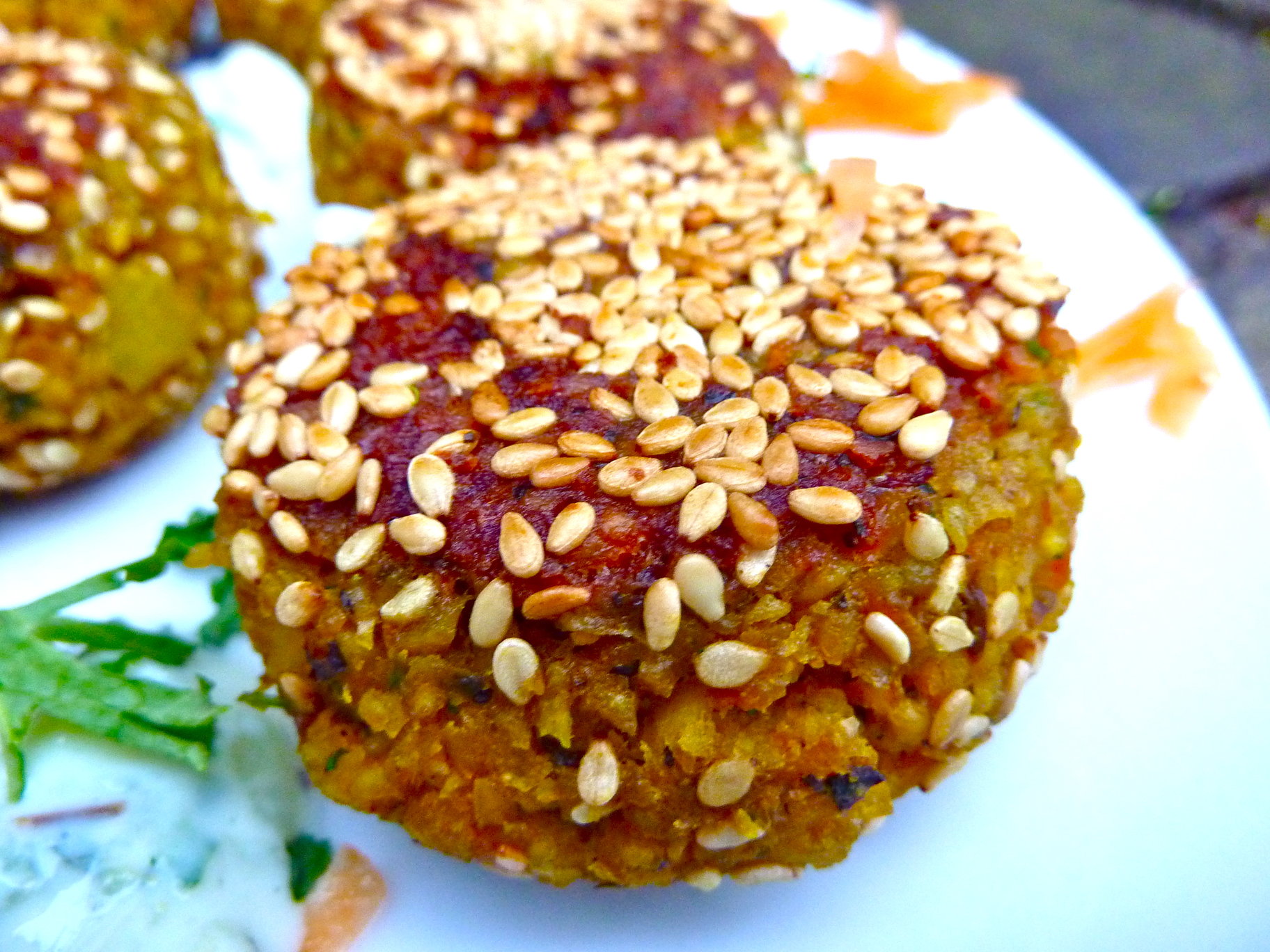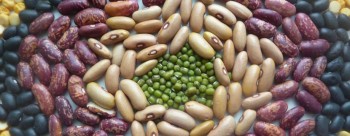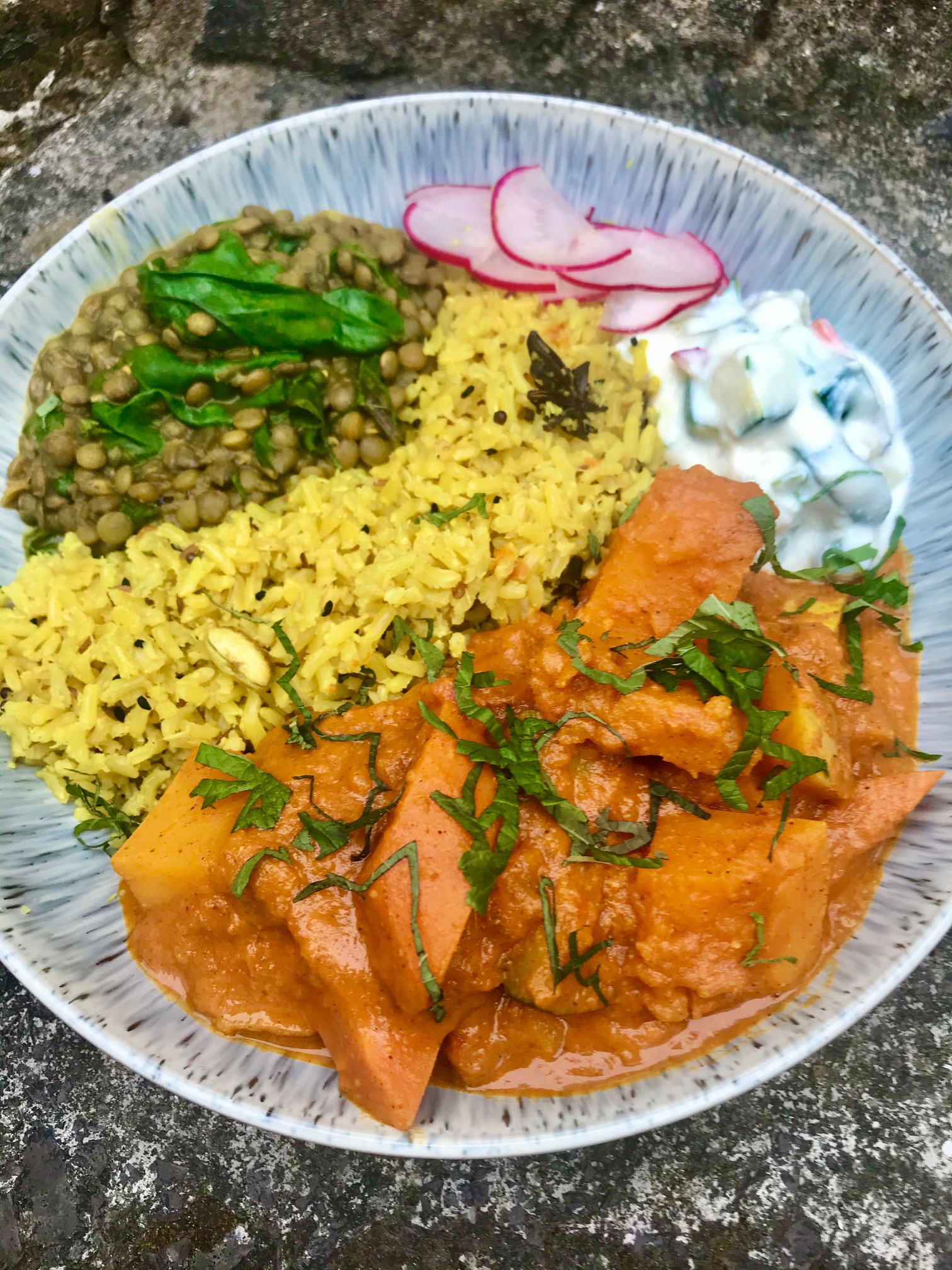
We love this kind of curry bowl! So many colours and textures, served with chilli pickle and warm flatbreads, it’s an Indian Thali feast and easy to prepare.
Are you missing your Indian takeaways? Visiting your favourite local Indian restaurant? Here’s a simple recipe to make your own homemade Indian feast.
A really simple, one pot curry (sabji) with a creamy, rich and spicy sauce
This is a quick vegan curry for beginners, but it has the flavours anyone will love. Rich and creamy, without oil, this is a great way of making a delicious, healthy curry and bringing India spice and fragrance to your kitchen.
If you’re not a fan of peanut butter, this may change your mind. Once we’ve cooked it through, the peanut butter begins to melt into the sauce and mingle with the spices and tangy tomato, leaving a rich sauce. It’s not overpoweringly peanut!
The masala sauce is always the key to any delicious curry treat and this one is as simple as popping it all in a pan and cooking. Super quick and easy, no oil and frying, just delicious, big flavours and colours.
In lockdown, I’m trying to make things as accessible as possible. I’ve posted a Wild Mushroom Lasagna and another Quarantine Curry recipe recently, but this one is a new favourite. I was skeptical to try new ways of cooking curry sauces, I wasn’t sure if they’d lose something essential. But this is the kind of recipe that may quickly become a weekly staple and when you add some deeply flavoured daal and fragrant rice, plus a little raita, pickle and some crunchy fresh vegetables, you have yourself a top Thali!
What’s Sabji? Thali? Masala?
Thali is not so well known in the UK, we don’t see it on many Indian restaurant menus for example. But in India, Thali is a daily staple, a rounded, set meal, served daily with a wide range of flavours, textures and nutrients. Thali is basically the name of a metal plate with many shallow compartments which hold the delicious array of spicy and colourful daals, sabji (curries), flatbreads, pickles and more…..
It’s my favourite staple meal from any country. Just the sheer diversity of flavours, seasonal vegetables and textures. Sometimes, you’ll even get a little dessert on the plate. Thali’s are served in many restaurants and hole in the wall type places, some more lavish, some more basic. I find the basic Thali’s are normally my favourites, lighter and healthier.
A good masala (spice mix) is key and spices are normally ground or bought freshly. You just can’t substitute the flavour and intense fragrance of freshly ground spices. You can do this easily at home, especially if you have a pestle and mortar. There is something important about grinding spices by hand and not relying on technology. It’s very grounding! There’s something human about the whole process. A pestle and mortar seems like we’re inviting the stone age into our modern kitchens. And as a piece of equipment, it can never be bettered.
This is not just about the food on the plate, but the techniques that are involved in producing it, techniques handed down from generation to generation. Techniques that millions have used and honed to create delicious food. In many ways, the act of cooking ties us all together. Our shared quest for delicious, nourishing food.
You might be wondering why we post so many curry recipes! We love India dearly. I’ve spent a lot of time travelling all over India and I can’t imagine a more fascinating place to be. I’d love to go back someday, India filled me with so much inspiration, not just in the kitchen, but in life generally. India changed my life! If you’ve visited, you probably know what I’m feeling.
Use any vegetables you like here, whatever is seasonal and looking top banana. I really enjoyed the squash, we have hardly been going out shopping, so this squash was really appreciated. I prefer it to carrot in a curry. Jane prefers carrot. We’ll agree to disagree there. I love the way squash just breaks down. I left the skin on here, I wanted to cook it well, but not for it to break down into the sauce too much. This whole meal was prepared with no oil, the good fats coming mainly from the peanut butter in the masala.

Better than takeaway! Squash and Peanut Butter Masala – Simple, Healthy, Hearty Vegan Curry
I can’t think of many easier ways of making an Indian feast. Let me know if you’d like the rice and daal recipes. I can post them next, but here’s the curry recipe to get started.
Thanks to everyone who have requested recipes recently. It’s great to see all your cooking adventures over on Facebook (our group is here) and Instagram. It makes my day when I see people cooking recipes from our cooking classes and vegan holidays and there are still a steady stream of posts of recipes from Peace and Parsnips, which is amazing, it’s been over 5 years since our cookbook came out. I should celebrate that soon!!
We loved this curry and will be making it again and again. We hope you enjoy!!
Let us know if you try this one out, follow our blog, there are more recipes coming soon. You may like our seasonal newsletter, here’s the link to sign up. Secret recipes and pictures of the BHK in full swing.
Mr Will, our fellow collaborator, yogi and cooking amigo from the sparkling Complete Unity Yoga, this one’s for you bro.
Keep it spicy!!
Sending much health and happiness to you from the BHK
Recipe Notes
I’ve made this lockdown friendly. I hope you can all still get some fresh vegetable and have a decent stock of spices in the cupboard. I’ve omitted fresh ginger, onion. chilli and garlic in favour of dried/ powdered. It works!! I’ve never been in a situation to try this out and I can see why my friend says that most Indian restaurants in the UK use dried ginger and garlic in recipes. The flavours are intense! A great lockdown sub.
Use any seasonal vegetables you like here. Bear in mind that different vegetables take different times to cook. Hence, we add the courgettes in later. We wanted them well cooked, soft, but not mushy.
If you are short of spices, substitute the quantities with any spice mixes you have. Curry Powder (good all rounder) is very handy, or Garam Masala (warming and fragrant).
Smooth or chunky peanut butter is fine here. If you are not a fan of peanuts, try cashew butter or any nut/ seed butter you enjoy. The nut butter flavours calm when they are cooked.
Coriander would be nice to top this one off. We didn’t have any, so we tried it with Lemon Balm instead. Delicious! Necessity regularly brings much inspiration.

Healthy vegan curry can be rich and delicious!! The peanut butter masala sauce is the star here. No oil and still awsome!
Squash and Peanut Butter Sabji – Spicy, Rich and Healthy Vegan Curry
The Bits – For 4
1 tin chopped/ plum tomatoes or 400g tomato pasatta
3 heaped tbs tomato puree
2-3 heaped tbs peanut butter (unsweetened)
500ml hot water
1 small butternut squash (scrubbed and chopped, skin on)
1 large carrot (scrubbed and chopped)
1 small courgette (chopped)
Spices
1 1/2 teas ground turmeric
3 teas ground cumin
3 teas ground coriander
1/2 teas ground cinnamon
3 teas dried ginger
3 teas garlic powder
1/2 – 2 teas chilli powder (you know how hot you like it!)
1 1/2 teas sea salt
Optional
Fresh coriander (chopped)
Do It
Set aside the courgette and peanut butter.
Place a large sauce pan on medium heat and simply add all the other ingredients. Starting with the chopped tomatoes, tomato puree, vegetables and then spices. Stir them until combined, pop a lid on and simmer for 15 minutes.
Now add the peanut butter and courgette. Stir well and pop the lid back on. Simmer for 10-15 minutes. Your sauce should be thick and shiny, with the peanut butter cooked through.
Taste and add more sea salt and chilli as you like. Find your ideal flavour!
You may also like to add some hot water to thin the sauce, a little at a time. Also, stirring a few handfuls of greens into the sabji is a nice idea now, sliced spinach, chard, kale, whatever you have.
Serve topped with fresh coriander and all your favourite curry trimmings.
Foodie Fact
We love peanut butter. We even make our own here sometimes. It’s simple, just roast some peanuts and blend, maybe add a little salt, a touch of cold pressed oil to help it blend.
But is peanut butter healthy? I know some people avoid it, even when they enjoy the flavour. Peanut butter is high in fat, but is a great source of good fats, fibre too. It’s an excellent source of protein, anti-oxidants and vitamins like E, B3 and B6. It’s also has a good amount of omega 6 and you’ll also find many minerals like magnesium, iron, selenium, zinc and potassium.
The peanut butter market is varied, some are more pure than others. Give your jar a read, as usual, the less ingredients the better. We want to avoid palm oil, refined oils and sugar. Good peanut butter can cost a little more, but it’s well worth it. So, peanut butter is healthy, as long as you’re not eating it 24/7.
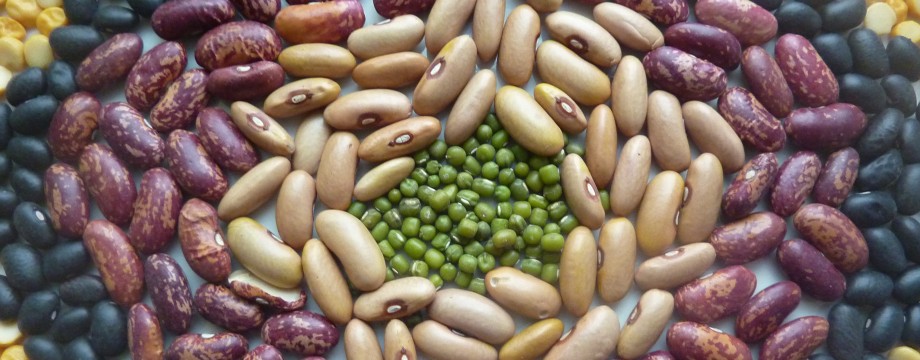




 Vegan Cauliflower and Potato Curry – Quick and easy using simple ingredients. Ideal for lockdown:)
Vegan Cauliflower and Potato Curry – Quick and easy using simple ingredients. Ideal for lockdown:)

